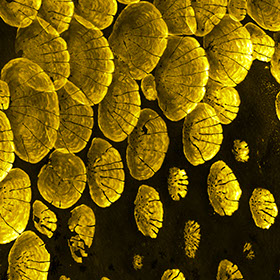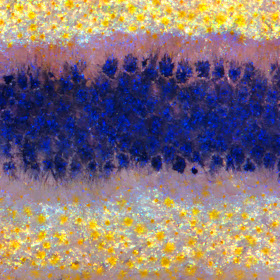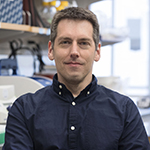






<
>
genetics
development
evolution
zebrafish
PIGMENT PATTERN
STEM CELLS
ADULT FORM
Pigment patterns are stunningly diverse. We aim to understand genes and cell behaviors underlying pattern formation, and how differentiation and morphogenesis evolve to generate species differences. We use zebrafish and its relatives, with recent work on interactions among pigment cell classes, long range signaling, and evolution of morphogenetic programs.
Neural crest derived stem cells have critical roles in development and homeostasis. We study genetic, cellular and endocrine mechanisms underlying establishment, maintenance and recruitment of these cells to particular lineages. On-going projects focus on normal development, regeneration, melanoma, and roles for thyroid hormone in specifying cell fate and morphogenesis.
Biologists still know remarkably little about why organisms look the way they do. To better understand the mechanistic bases for adult form and how it evolves, we use the zebrafish larval-to-adult transformation. We published a normal table of postembryonic development and current efforts focus on scale morphogenesis and patterning as well as controls of developmental progression.
Selected research
- Huang D, Kapadia E, Liang Y, Shriver LP, Dau S, Patti GJ, Humbel BM, Laudet V, Parichy DM. 2025. Agouti and BMP signaling drive a naturally occurring fate conversion of melanophores to leucophores in zebrafish. Proc. Natl Acad. Sci. USA 122:e2424180122. PDF WEB
- Aman AJ, Saunders LM, Carr AA, Srivatsan SR, Eberhard CD, Carrington B, Watkins-Chow D, Pavan WJ, Trapnell C, Parichy DM. 2023. Transcriptomic profiling of tissue environments critical for post-embryonic patterning and morphogenesis of zebrafish skin. eLife 10.7554/eLife.86670.1. PDF WEB
- Toomey MB, Marques CI, Araújo PM, Huang D, Zhong S, Liu Y, Schreiner GD, Myers CA, Pereira P, Afonso S, Andrade P, Gazda MA, Lopes RJ, Viegas I, Smith DJ, Ogawa Y, Murphy D, Kopec RE, Parichy DM, Carneiro M, Corbo JC. 2023. A mechanism of ketocarotenoid biosynthesis in vertebrates. Current Biology 32:1–14. PDF WEB
- Huang D, Lewis VM, Toomey MB, Corbo JC, Parichy DM. 2021. Development and genetics of red coloration in the zebrafish relative Danio albolineatus. eLife 10:e70253. PDF WEB
- McCluskey, B. M., Liang, Y., Lewis, V. M., Patterson, L. B. and Parichy, D. M. 2021. Pigment pattern morphospace of Danio fishes: evolutionary diversification and mutational effects. Biology Open bio.058814. PDF WEB
- Aman AJ, Kim M, Saunders LM, Parichy DM. 2021. Thyroid hormone couples skin morphogenesis to body growth during post-embryonic zebrafish development. Developmental Biology 477:205–218. PDF WEB
- McCluskey BM, Uji S, Mancusi JL, Postlethwait JH, Parichy DM. 2021. A complex genetic architecture in zebrafish relatives Danio quagga and D. kyathit underlies development of stripes and spots. PLoS Genetics 17:e1009364. PDF WEB
- Eom DS, Patterson LB, Bostic RR, Parichy DM. 2021. Immunoglobulin superfamily receptor Junctional adhesion molecule 3 (Jam3) requirement for melanophore survival and patterning during formation of zebrafish stripes. Developmental Biology 476:314–327. PDF WEB
- Gur D, Bain E, Johnson K, Aman AJ, Pasoili A, Flynn JD, Allen MC, Deheyn DD, Oron D, Levkowitz G, Lee JC, Lippincott-Schwartz J, Parichy DM. 2020. In situ differentiation of iridophore crystallotypes underlies zebrafish stripe patterning. Nature Communications 11:6391. PDF WEB
- Saunders LM, Mishra AK, Aman AJ, Lewis VM, Toomey MB, Packer JS, Qiu X, McFaline-Figueroa JL, Corbo JC, Trapnell C, Parichy DM. 2019. Thyroid hormone regulates distinct paths to maturation in pigment cell lineages. eLife 8:e45181. PDF WEB
- Lewis VM, Saunders LM, Larson TA, Bain EJ, Sturiale SL, Gur D, Chowdhury S, Flynn JD, Allen MC, Deheyn DD, Lee JC, Simon JA, Lippincott-Schwartz J, Raible DW, Parichy DM. 2019. Fate plasticity and reprogramming in genetically distinct populations of Danio leucophores. Proc. Natl. Acad. Sci. USA pnas.1901021116. PDF WEB
- Spiewak JE, Bain EJ, Liu J, Kou K, Patterson LB, Kou K§, Sturiale SL§, Diba P, Eisen JS, Braasch I, Ganz J, Parichy DM. 2018. Evolution of endothelin signaling and diversification of adult pigment pattern in Danio fishes. PLoS Genetics 24:e1007538. PDF WEB
- Eom DS, Parichy DM. 2017. A macrophage relay for long distance signaling during post-embryonic tissue remodeling. Science 355:1317–1320. PDF VIDEOS (115 Mb zip) WEB
- McMenamin SK, Bain EJ, McCann AE, Patterson LB, Eom DS, Waller ZP, Hamill JC, Kuhlman JA, Eisen JS, Parichy DM. 2014. Thyroid hormone-dependent adult pigment cell lineage and pattern in zebrafish. Science 345:1358–1361. PDF WEB
Selected reviews
- Parichy DM. 2021. Evolution of pigment cells and pattern: recent insights from teleost fishes. Current Opinion in Genetics and Development 69:88–96. PDF WEB
- Patterson LB, Parichy DM. 2019. Zebrafish pigment pattern formation: insights into the development and evolution of adult form. Annual Review of Genetics 53:505–530. PDF WEB
- Parichy DM. 2015. Advancing biology through a deeper understanding of zebrafish ecology and evolution. eLife 4:05636. PDF WEB



Yipeng Liang
postdoc

Pietro de Mello
postdoc

Larissa Patterson
visiting scholar

Abby Dennis
grad student
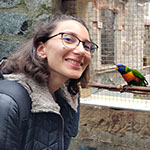
Alexandra Faur
grad student
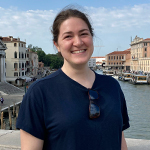
Katia Korzeniwsky
grad student

August Carr
staff research assistant

Walker Hutto
undergrad researcher

Olivia Colli
undergrad researcher
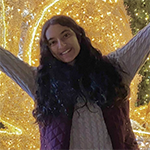
Emaan Kapadia
undergrad researcher

Tiffany Liu
undergrad researcher
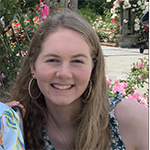
Ingrid Sukow
undergrad researcher

Charlotte Papacosma
undergrad researcher
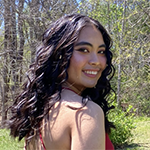
Eunela Manzzano
undergrad assistant

Michael Waugh
undergrad researcher
all publications and preprints

Lucia Crovatto
undergrad researcher







%20_6_60000x.jpg?crc=112575423)






























Adult pearl danio, Danio albolineatus.
The close zebrafish relative Danio nigrofasciatus.
Adult melanophore precursors (green) in the post-embyryonic peripheral nervous system (magenta).
Developing bones in the caudal fin and tail.
Transgenically labeled nuclei of adult xanthophores (magenta) that persist from the early larval pigment pattern in zebrafish.
Spots of Danio margaritatus.
Vertical bars of Danio aesculapii.
Defective nervous system myelination in alpha tubulin mutant puma.
Normal pattern of transplanted mutant melanophores to melanophore-free host reveals non-autonomous roles for Basonuclin-2.
Zebrafish pigment cell at high resolution in vivo.
Orange xanthophores associated with iridescent iridophores in basonuclin-2 mutant bonparte.
Defective skeleton formation with kidney stones in Trpm7 mutant.
Light interstripe with dark melanophore stripes in wild-type zebrafish.
Developing scales and fin ray joints revealed by mRNA in situ hybridization.
Melanophore stem cells (green) in post-embryonic dorsal root ganglia.
Fin pigment pattern of hyperthyroid opallus mutant.
Xanthophore precursors expressing fluorescent lineage reporter (yellow) in a background of melanophores and iridophores.
Dye-labeled iridophores that have emerged from the peripheral nervous system to colonize interstripe on the flank.
Adult hyperthyroid opallus mutant zebrafish with activating mutation of thyroid stimulating hormone receptor.
Autofluorescent xanthophores in the developing zebrafish adult pattern.
Spots and stripes in the zebrafish relative Danio aff. kyathit.
Developing swimbladder lobes in postembryonic zebrafish.
Pigment pattern of zebrafish mutant magritte
Zebrafish pigment cell at high resolution in vivo.
Nearly uniform pattern of Danio albolineatus.
Melanophore spots surrounded by iridophores in the Igsf11 cell adhesion mutant zebrafish, seurat.
Salamander pigmentation showing wild-type (left), mutant (right) and transgenically rescued mutant (middle).
Pigment cells of Danio albolineatus
Vertical bars and caudal eyespot of Danio erythromicron.
Pigment cells in Danio albolineatus.
Danio aff. kyathit (front) and Danio kyathit (back).
Wild-type zebrafish.
Fin pigment cells of Danio albolineatus.
The elusive white dwarf mutant zebrafish.
Different morphologies of iridescent iridophores in light interstripe (upper) and dark melanophore stripe (lower).
Transplanted wild-type iridophores (magenta) amongst basonculin-2 mutant host iridophores (green).
<
>
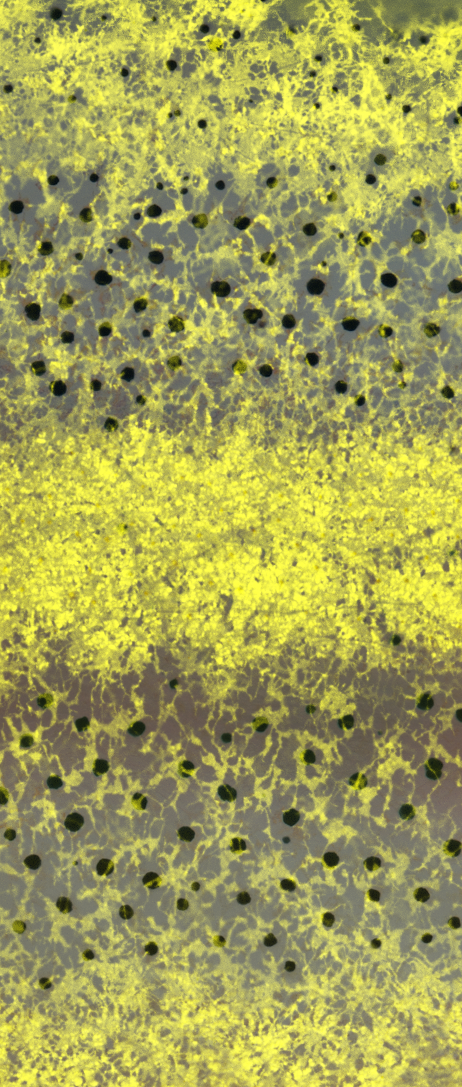
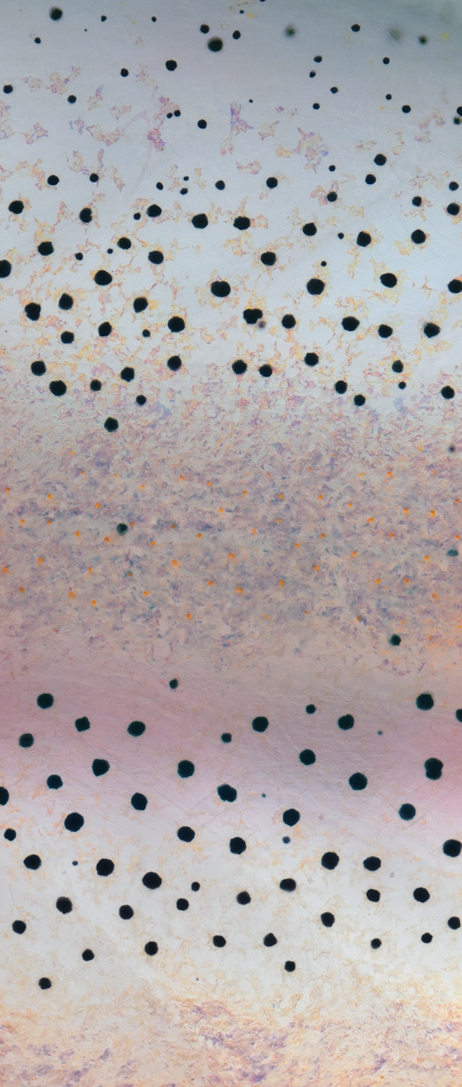
More about University of Virginia and
graduate programs:
Stock or reagent availability, positions,
and other matters:
David M. Parichy, Professor
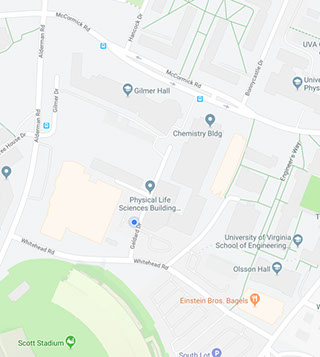
On living in Virginia:
Downtown Mall

Department of Biology
University of Virginia
Physical and Life Sciences Building
Charlottesville VA 22904
CONTACT
Copyright © 2022 DM Parichy
AFFILIATIONS
